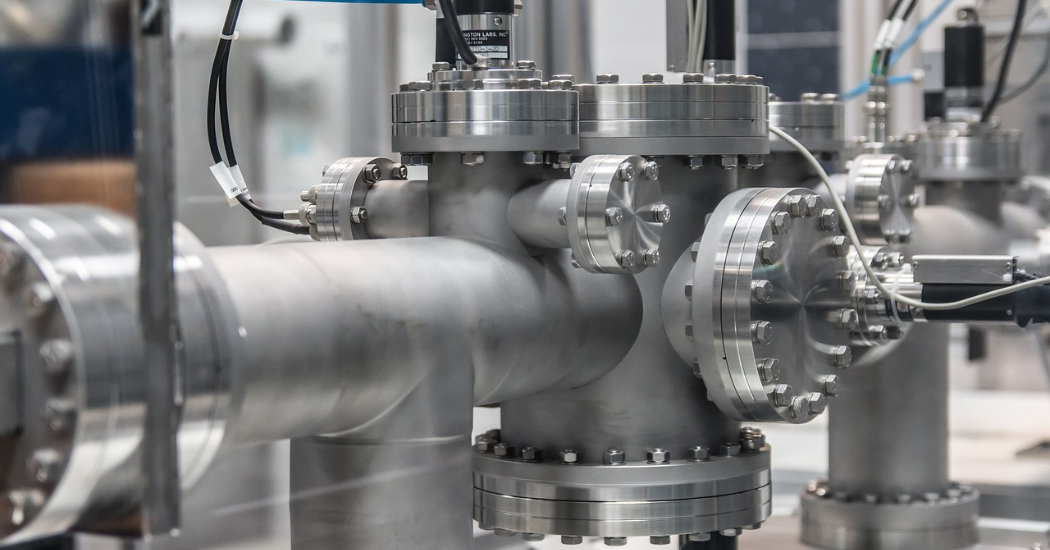Pump failures occur when mechanical or electronic components of pumping systems malfunction, leading to impaired or halted operation. When these systems break down, they can significantly disrupt regular activities, especially in industrial and municipal settings.
Within both industry and municipalities, pumps play a crucial role in processes like water distribution, waste management, and manufacturing operations. A single pump failure can lead to production halts, supply chain interruptions, and public service disruptions.
The Consequences of Pump Failures
Every moment a pump remains non-functional, the financial toll mounts. Companies face not only the immediate costs of repairs but also losses from halted operations. Missed opportunities further compound these economic repercussions.
Pump failures don’t just affect the immediate vicinity of the equipment. They ripple throughout an organization, hampering productivity and reducing operational efficiency. Extended downtimes mean employees might be idling, processes could be disrupted, and overall workflow severely impacted.
Beyond the fiscal implications, pump failures can pose significant safety threats. Malfunctioning equipment might lead to injuries, especially if the failure occurs suddenly and without warning. Certain failures can result in harmful environmental spills or contaminations, amplifying safety risks.
The Importance of Proactive Measures
Taking a proactive stance in maintenance is all about staying one step ahead of trouble. It’s like playing detective with your machinery, spotting clues and fixing small issues before they turn into big ones. This proactive approach is grounded in regular, thorough, and smart interventions, ensuring that every part of the machinery is always in top shape and ready to perform.
The role of preventive maintenance
Preventive maintenance is a guard against unexpected pump failures. Scheduled inspections and timely interventions, made easy by systems such as CMMS, can identify potential issues long before they culminate in full-blown breakdowns. It’s akin to a regular health check-up but for machinery, ensuring longevity and optimal performance.
Routine checks are the first line of defense against unforeseen pump failures. They offer insights into wear and tear, anomalies, or potential defects in the system. Inspections enable timely action, often preventing costly breakdowns.
Obsolete or worn-out components are ticking time bombs. Replacing them can mean the difference between smooth operations and a catastrophic failure. Modern advancements in technology — such as predictive analytics and IoT integration, as well as innovative materials and design techniques making up components that are more durable, energy-efficient, and capable of handling higher workloads — also improve performance, making updates a wise investment.
Employee training and education
Employees equipped with the latest industry knowledge can operate machinery more efficiently and spot early warning signs of potential failures. Training through simulations and drills further prepares them to tackle real-life scenarios adeptly.
The world of pump technology and maintenance isn’t static. Staying updated with its many changes empowers organizations to maximize pump lifespans and minimize the risks of sudden failures.
Practice is also important. Through simulations and drills, employees can experience and respond to potential pump failure scenarios in a controlled environment. Such rehearsals hone their skills, allowing for swifter, more effective reactions during emergencies.
Detailed Action Plans and Protocols for Pump Failures
Initial assessment and swift response
When a pump fails, time is of the essence. A rapid assessment helps determine the severity and the appropriate course of action. Whether to repair or replace becomes a vital decision, impacting both costs and downtime.
A thorough evaluation reveals the true extent of the failure. Is it a minor glitch or a major breakdown? Knowing the severity of a failure guides subsequent actions, optimizing both time and resources.
Sometimes, repairing a pump is the most cost-effective solution. At other times, a replacement is required. This decision hinges on factors like the age of the equipment, the extent of damage, and long-term operational considerations.
Emergency shutdown procedures
Safely stopping a malfunctioning pump is imperative. Shutdown protocols must be executed meticulously to prevent further damage and to protect adjacent machinery. A structured shutdown approach ensures that all systems are stopped without creating additional risks.
It’s not merely about hitting the off switch. Safely deactivating a malfunctioning pump involves a sequence of steps, often unique to the equipment’s make and model. Adhering to these steps can prevent electrical mishaps, mechanical damage, or even fires.
A failing pump can endanger neighboring equipment. Implementing protective measures safeguards other operations from potential cascading failures.
Communication protocols
Clear and timely communication is crucial during a pump failure. Relevant stakeholders, from floor managers to top executives, must be kept informed. Such transparency aids in resource allocation and sets realistic expectations on the path to resolution.
Informing all stakeholders ensures that all affected parties can adjust their workflows, manage customer expectations, and make necessary operational adjustments.
Swift and effective repairs hinge on seamless coordination with technical teams. Their expertise and insights guide the recovery process. Effective communication between operations and repair crews can drastically reduce downtime and associated costs.
Best Practices for Mitigating Risks
Every organization should have an emergency response plan tailored to potential pump failures. But it’s not a one-time effort. Regular updates, in light of new equipment or operational changes, are vital to keep the plan effective and relevant.
Silos can be an organization’s undoing during emergencies. Encouraging departments to collaborate fosters a unified response strategy. Shared insights, resources, and expertise can then be marshaled to tackle pump failures head-on.
Investing in high-quality equipment
Quality often dictates longevity. Investing in top-notch pumps and components reduces the likelihood of unexpected failures. Relationships with reputable OEM companies and equipment suppliers further assure organizations of reliable performance.
Original Equipment Manufacturers (OEMs) and suppliers are more than mere vendors. They offer deep insights into the best equipment choices, latest technological advancements, and maintenance best practices. Aligning with such entities grants organizations a distinct advantage in reliability and operational excellence.
Ensuring Continuity of Operations
No system is immune to failures. However, having backup systems or redundancy plans can mean continuous operations even in the face of a pump malfunction. Such forethought acts as a safety net, ensuring uninterrupted workflows and service delivery.
Quick resolutions to pump failures often hinge on the responsiveness of service companies. Building strong, lasting relationships with these entities can expedite repairs and replacements. Their expertise, combined with a mutual understanding of operational needs, can be a game-changer during emergencies.
Post-failure analysis and continuous improvement
Once the immediate crisis of a pump failure is resolved, the real work begins. Analyzing the root cause of the malfunction provides invaluable insights.
Digging deep into the reasons behind a pump failure can be illuminating. Was it a design flaw? A maintenance oversight? Or an external factor? Such clarity informs future preventive measures, enhancing overall reliability.
Lessons from past failures should shape future protocols. By implementing corrective measures based on post-failure analysis, organizations can fortify themselves against recurrent issues. It’s a journey of constant refinement, with each incident adding to the repository of knowledge.
Conclusion
Preparedness is a lifeline for organizations reliant on pumps. With so much at stake, from economic implications to safety concerns, being proactive is not just wise — it’s essential.
Every company, regardless of size or sector, should prioritize pump failure emergency planning. The benefits of foresight, from reduced downtimes to safeguarded reputations, are too significant to ignore. Staying one step ahead of potential pitfalls can be a defining factor in an organization’s success.
 For over 30 years, Eric Whitley has been a noteworthy leader in the manufacturing space. In addition to the many publications and articles Eric has written on various manufacturing topics, you may know him from his efforts leading the Total Productive Maintenance effort at Autoliv ASP or from his involvement in the Management Certification programs at The Ohio State University, where he served as an adjunct faculty member.
For over 30 years, Eric Whitley has been a noteworthy leader in the manufacturing space. In addition to the many publications and articles Eric has written on various manufacturing topics, you may know him from his efforts leading the Total Productive Maintenance effort at Autoliv ASP or from his involvement in the Management Certification programs at The Ohio State University, where he served as an adjunct faculty member.
After an extensive career as a reliability and business improvement consultant, Eric joined L2L, where he currently serves as the Director of Smart Manufacturing. His role in this position is to help clients learn and implement L2L’s pragmatic and simple approach to corporate digital transformation.
Eric lives with his wife of 35 years in Northern Utah. When Eric is not working, he can usually be found on the water with a fishing rod in his hands.
Image by Michal Jarmoluk Pixabay




